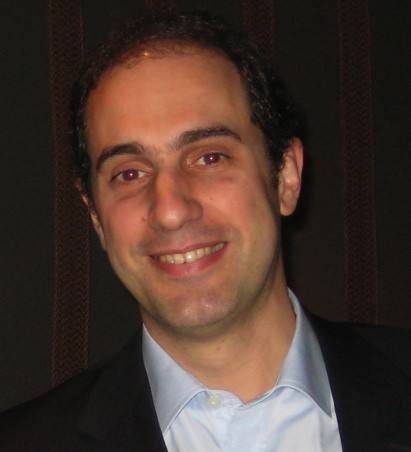Once a new cycle has started, it becomes important to reflect on past experiences and plan the next steps.
The pandemic that we have all been experiencing has radically altered the way we act and interact, in our personal and professional lives. I think the time has come for us to try to return to “normalcy”, with the necessary precautions and following the existing rules.
We plan to resume face-to-face educational activities and, if possible, to organize our National Congress next year. At this stage when Radiology and “imaging” become so appealing to other medical specialties and others, it is essential to maintain our qualification and quality in the actions we perform in order to always remain “the reference”.
In this sense, the initiative of the College of Radiology of the Portuguese College of Medicine is to be commended as it encourages sub-specialization, thus allowing a deepening of the relationship between radiologists and other clinicians. It is essential to be seen as “the doctors’ doctor”, as the one who knows best how to advise the clinician on how to clarify a particular clinical condition or a particular doubt. I would also like to highlight two areas that I consider very important in the assertion of Radiology as a vibrant specialty with a promising future: Clinical Radiology and Interventional Radiology.
Clinical Radiology, in its different aspects, makes it possible to bring radiologists closer to patients and to increase the visibility of the specialty in society. Medical appointments that already take place in different hospitals in the country are already an unavoidable reality and with an undeniable tendency to grow. It will, however, be important that they remain within the Radiology Services and to resist eventual “swan songs” of multidisciplinary groups where radiology is diluted and may, in the long run, be carried out by other professionals.
Intervention Radiology is one of the strongholds of the Specialty and for this reason, one of the “battlegrounds” with other specialties. Subspecialization in this area is particularly important and will guarantee the superiority of our training and technical competence.
The times ahead will certainly be difficult, but I believe that if we face the challenges as opportunities for improvement, we will all be able, together, to maintain the prestige of our specialty and its vitality!
















